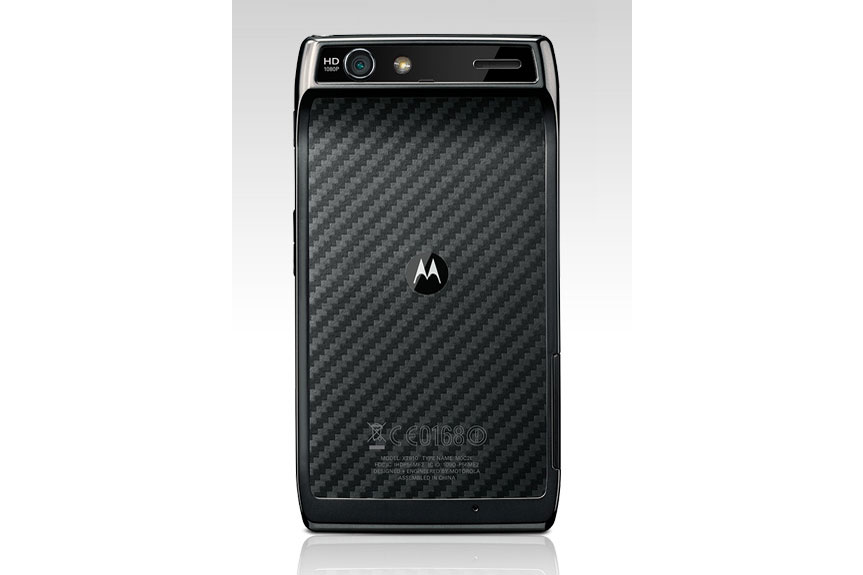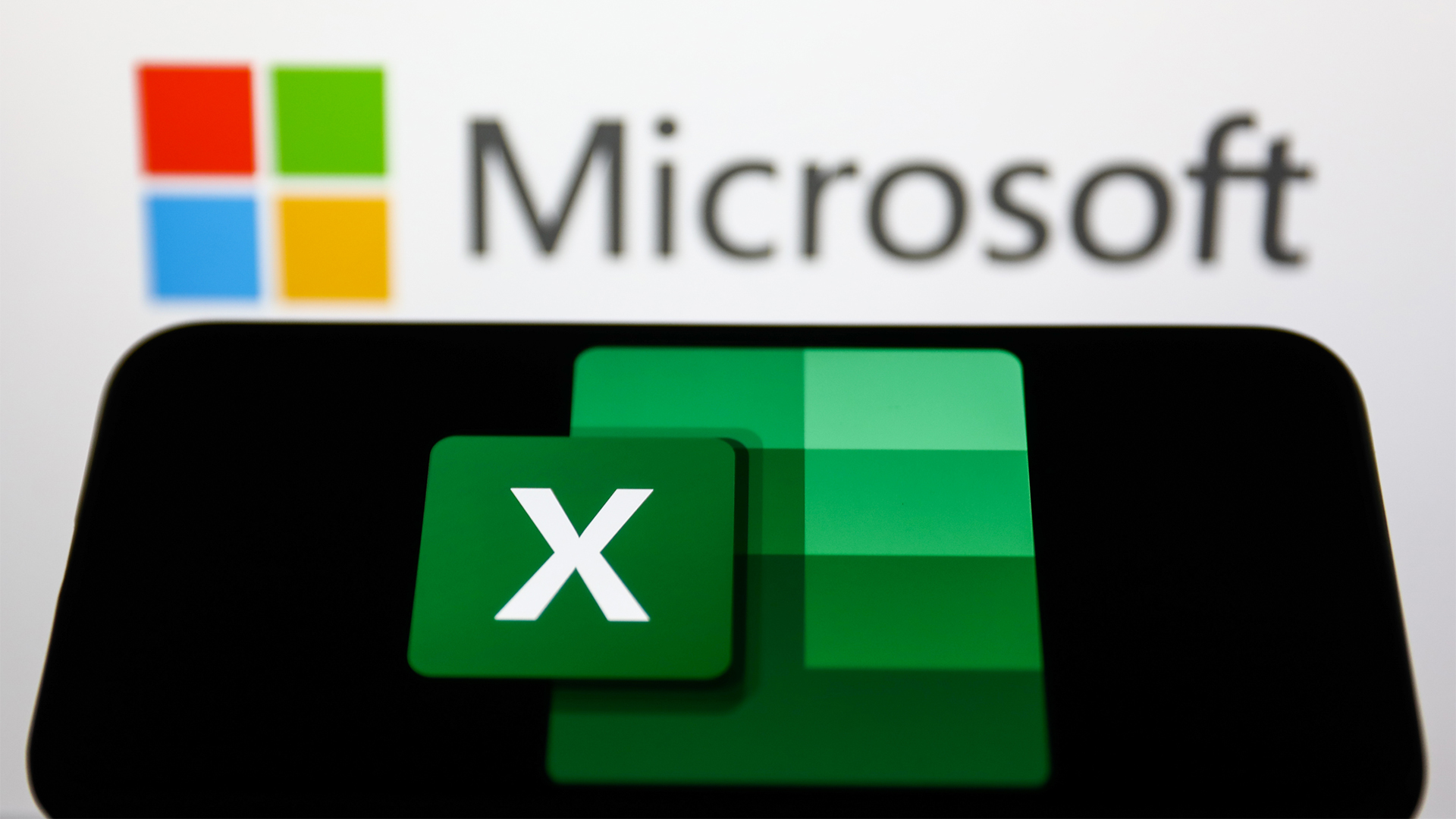Motorola Razr review
Motorola has resurrected the venerable Razr name for its new ultra-thin Android smartphone, but is the company on the bleeding edge or trading on past glories? Julian Prokaza finds out in our review.
The Motorola RAZR has all the makings of a great Android smartphone, but the middling quality of its big-screen is a let-down and the imminent Galaxy Nexus looks like it could be a better option. For now, the Samsung Galaxy S II is still our favoured Android smartphone, despite its smaller screen.
Google's planned acquisition of Motorola may have just been approved, but it isn't yet stamping its name on new products from the American smartphone manufacturer. Google branding is currently reserved for the imminent, Samsung-made, Galaxy Nexus and so Motorola's newest model instead trades on a name first used on a iconic clamshell mobile phone from almost 10 years ago the RAZR.

It's extremely thin.
Mobile technology has moved on since then, of course, and the new Motorola RAZR is an Android smartphone with a 4.3in touchscreen. It doesn't have a flip-open clamshell design, but it does retain one if its predecessor's hallmark features it's extremely thin. Although a bulbous top end containing the camera and loudspeaker prevents the RAZR from breaking the world's thinnest smartphone record, the rest of the case is a a mere 7.1mm thick, which is thinner than the already very thin Samsung Galaxy S II.

The back panel is made from laser-cut Kevlar that manages to be both light and extremely tough.
Motorola has managed to make the RAZR feel exceptionally sturdy, though. The back panel is made from laser-cut Kevlar that manages to be both light and extremely tough (though it feels a little like Lino flooring). Together with the Corning Gorilla Glass screen and minimal plastic frame, the whole case is extremely rigid and even splash resistant (at least according to Motorola), yet weighs just 127g.
HDMI, microUSB and 3.5mm headphone sockets sit on the top edge, while microSIM and microSD card slots are hidden under a flap on the left. Volume and power buttons sit on the right, but these suffer from the same too-shallow design as those on the HTC Titan and Radar.
Sign up today and you will receive a free copy of our Future Focus 2025 report - the leading guidance on AI, cybersecurity and other IT challenges as per 700+ senior executives
-
 Trump's AI executive order could leave US in a 'regulatory vacuum'
Trump's AI executive order could leave US in a 'regulatory vacuum'News Citing a "patchwork of 50 different regulatory regimes" and "ideological bias", President Trump wants rules to be set at a federal level
By Emma Woollacott Published
-
 Microsoft Excel is still alive and kicking at 40 – and it's surging in popularity as 82% of finance professionals report ‘emotional attachment’ to the spreadsheet software
Microsoft Excel is still alive and kicking at 40 – and it's surging in popularity as 82% of finance professionals report ‘emotional attachment’ to the spreadsheet softwareNews A recent survey found Gen Z and Millennial finance professionals have a strong “emotional attachment” to Microsoft Excel
By Emma Woollacott Published
-
 LastPass hit with ICO fine after 2022 data breach exposed 1.6 million users – here’s how the incident unfolded
LastPass hit with ICO fine after 2022 data breach exposed 1.6 million users – here’s how the incident unfoldedNews The impact of the LastPass breach was felt by customers as late as December 2024
By Emma Woollacott Published